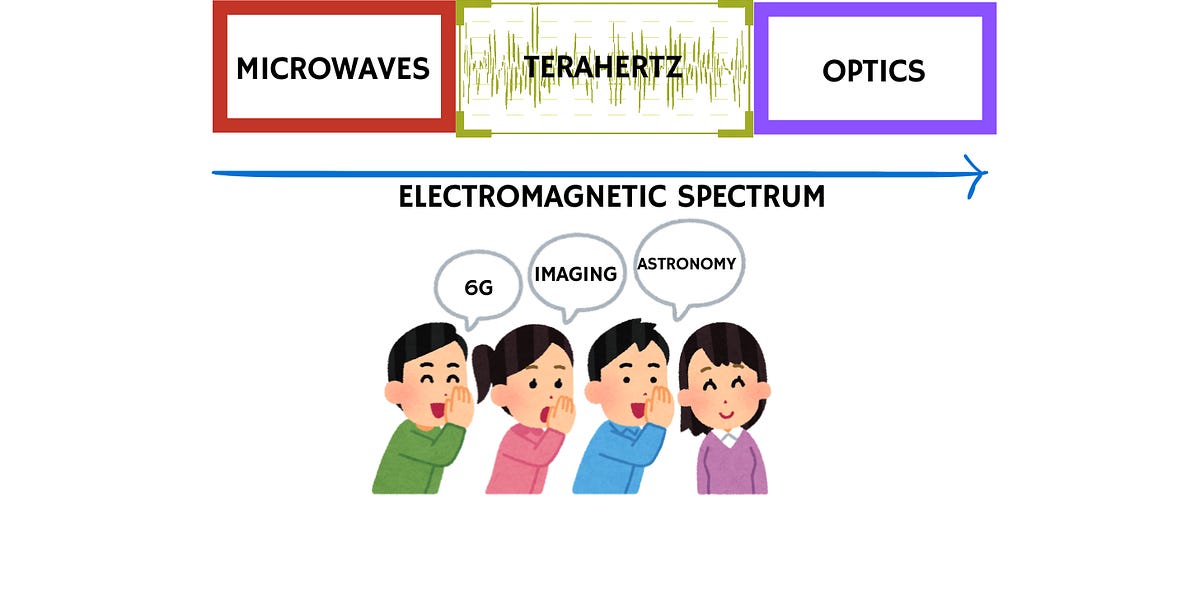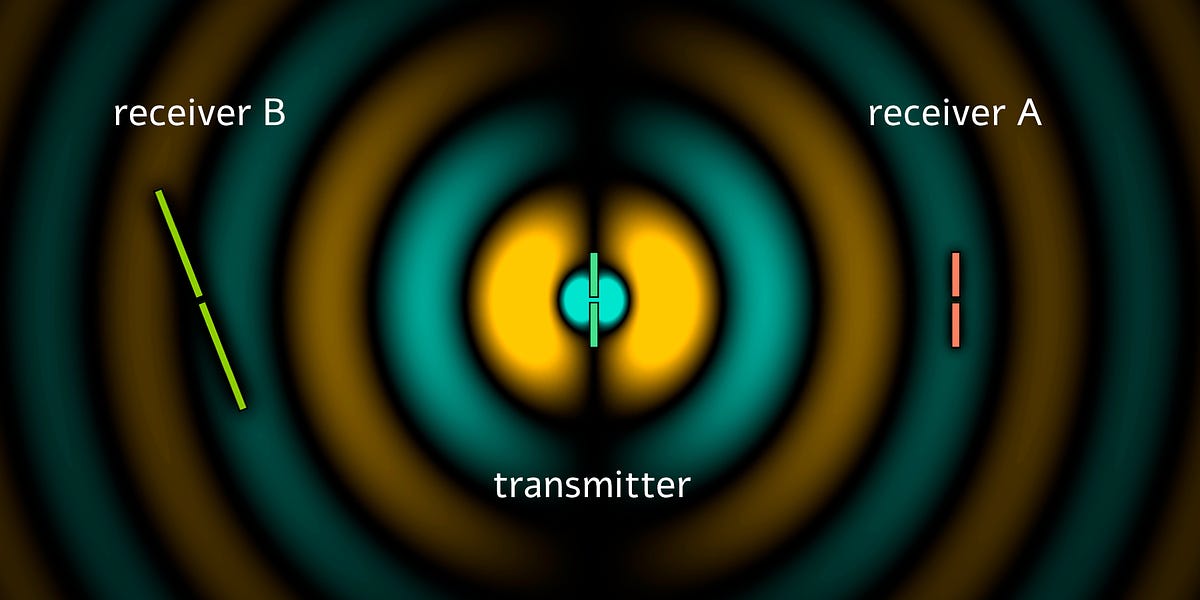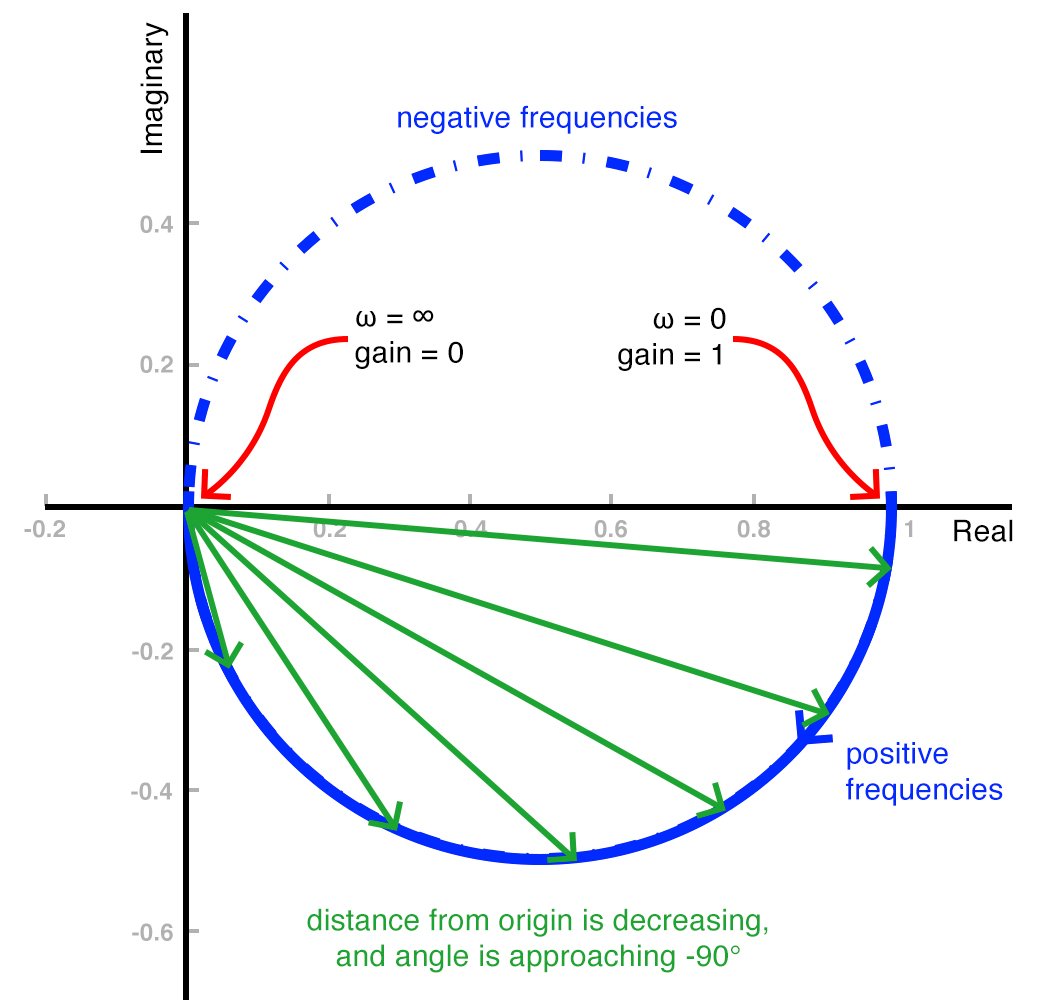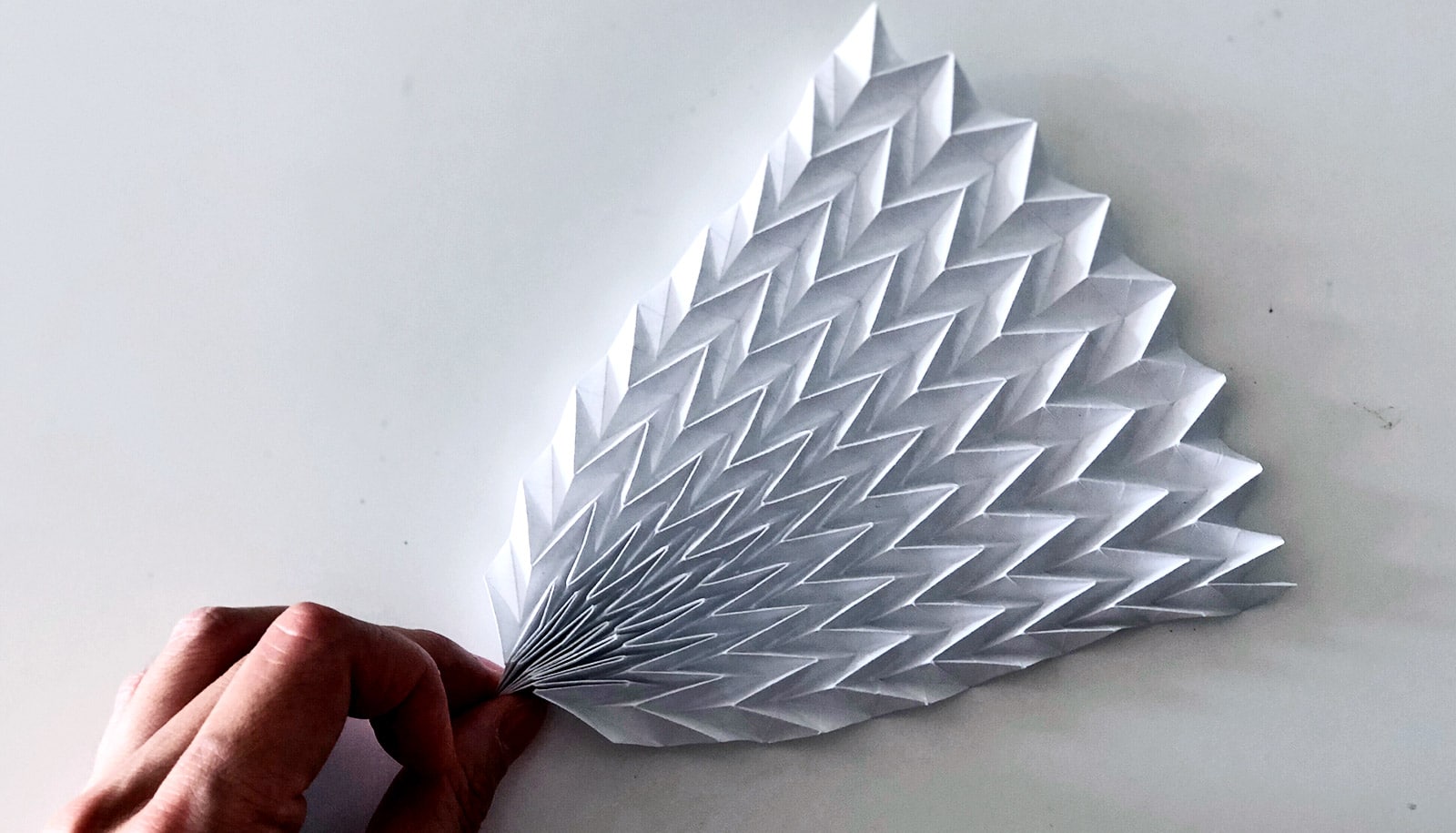
If you don’t mind massive ground antennas and fried birds, that is

If you don’t mind massive ground antennas and fried birds, that is

THz radiations finds unique applications in astronomy, medicine and communications, but not without its own distinct challenges.

Breakthrough technology could help usher in 6G speed internet. Here's how it works and what it could mean for businesses.

Compact, inconspicuous antennas could increase cell coverage transparently

Folding antennas into different shapes to create near infinite radiation patterns.

The achievement could open a new swath of spectrum for wireless networks

Digital radar, satellite configurations, distributed apertures and all range radar.

Understanding the engineering behind how your car can see, adapt and save your life.

How to design the perfect chirp signal for distance and velocity measurement.

A brief introduction to antennas, superheterodyne receivers, and signal modulation schemes.

In this article, we use the concept of magnetic field energy to explore the relationship between a core's hysteresis loss and its B-H curve.

How TCP interacts with the characteristics of the Starlink service.

Ordinarily, in order to establish communications at locations such as disaster sites, rescuers have to transport and set up relatively bulky, costly satellite dishes. Soon, however, a simple tubular antenna made of woven strips of material may get the job done.

Learn about slot antennas, namely their history, characteristics, and electromagnetic (EM) behavior for low-voltage, small-form-factor electronic devices.

The latest wireless protocol ditches radiation and focuses on a new medium: your body.

Learn more about RF wave reflection parameters, namely mismatch loss and mismatch uncertainty.

Learn about voltage standing wave ratio (VSWR), return loss, and mismatch loss, which helps characterize the wave reflections in a radio frequency (RF) design.

Aimed at improving sensing and imaging systems, Princeton University researchers have developed a reconfigurable antenna based on origami.

This e-book explores microstrip antenna design, highlighting the single-element rectangular microstrip antenna and antenna arrays constructed from single microstrip elements.

Antennas are used to transmit and receive electromagnetic energy. This article covers basic antenna theory.

If the company's technology lives up to its promise in a commercial setting, Cohere will be hard to resist or ignore.

This article explores the Butterworth low-pass filter, also known as the maximally flat filter, from the perspective of its pole-zero diagram.

Antennas allow information to be transferred to distant locations. In the second part of this Antenna Basics series, you will learn more about the physics of how antennas work.

For the first time, a beam-steering antenna is integrated into the metal casing of a mobile phone

5G Beamforming Antennas Create Design, Test Problems Assuring quality under changing conditions with shifting standards and use models is a major challenge.

Antenna Design Grows Up Modern electronics relies heavily on antennas, but companies still make mistakes. That's about to change.

This article introduces the Nyquist plot and explains how to interpret this alternative method of visually evaluating a system’s frequency response.
An intuitive tutorial of antennas and antenna theory. This website is designed to present a comprehensive overview of antennas, from design, to measurement and theory. Unnecessarily complicated math is avoided throughout.

Millimeter wave frequencies have the potential to provide a solution to the growing demand for bandwidth and high-speed communication needs.

A Faraday cage is an enclosed space with an outer layer that conducts electricity. The physical shape of the Faraday cage does not matter: it can be spherical, cylindrical, or a box. Either the cage itself can be made of a conductive material, or the cage can be built of a non-conductive material such as wood and then
Short introduction to multiple input multiple output (MIMO) radar antenna arrays

The breakthrough is taking full advantage of the orbital angular momentum properties of a coherent light source, thus enabling multiplexing.

5G is gearing up to be the most extensive implementation of mesh networking ever, and that could mean antennas will not need to broadcast for miles, just far enough to reach some devices. That unsi…

A special kind of origami folding called Miura Ori could help make antennas that can block out certain radio frequencies or next-gen cloaking tech.